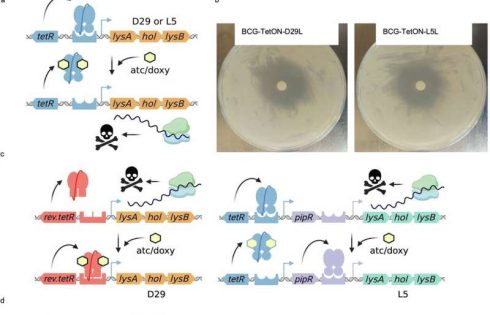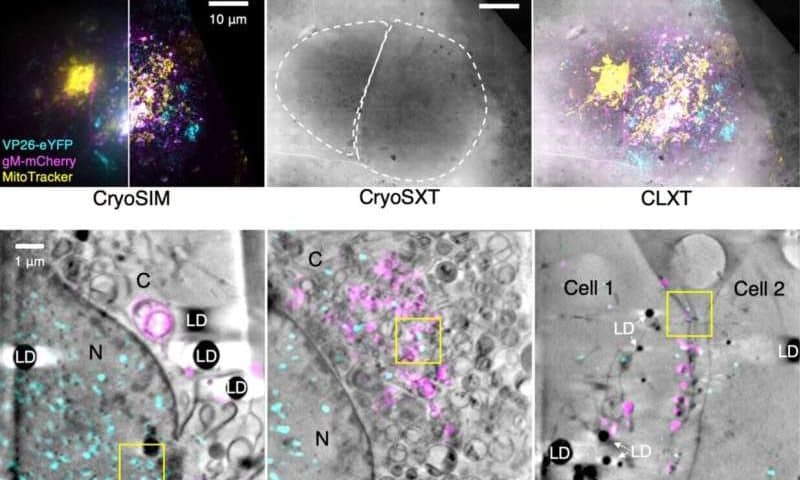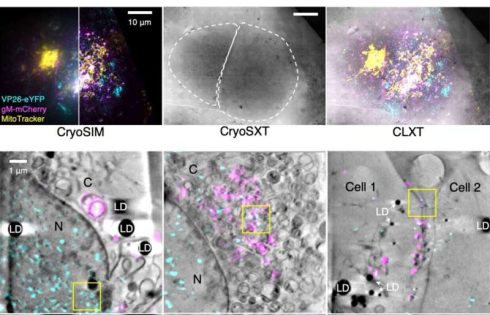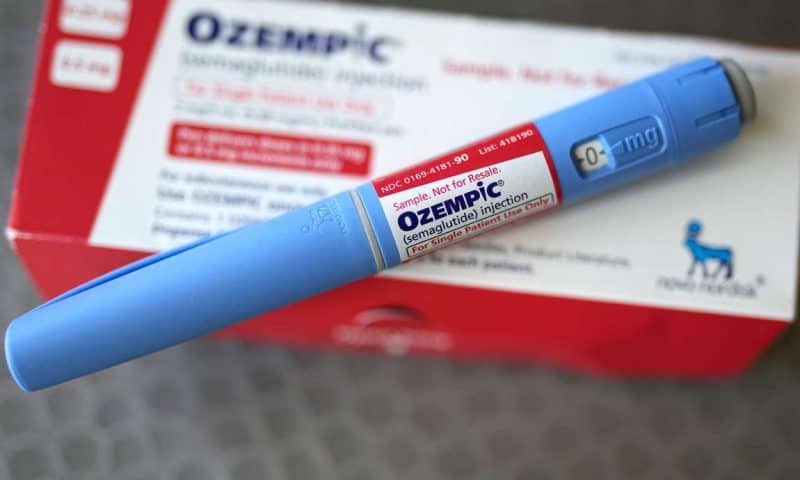
Scientists at the University of Southern California (USC) have developed an artificial intelligence (AI) model that they say could help scientists better understand, prevent, and treat cognitive decline and dementia.
The first-of-its-kind three-dimensional convolutional neural network (3D-CNN) tool noninvasively analyses magnetic resonance imaging (MRI) scans from an individual patient to track brain changes with time and measure the pace—P—of brain aging.
Faster brain aging closely correlates with a higher risk of cognitive impairment, said Andrei Irimia, PhD, associate professor of gerontology, biomedical engineering, quantitative & computational biology, and neuroscience at the USC Leonard Davis School of Gerontology and visiting associate professor of psychological medicine at King’s College London. “This is a novel measurement that could change the way we track brain health both in the research lab and in the clinic. Knowing how fast one’s brain is aging can be powerful.”
Irimia is the senior author of the study, published in the Proceedings of the National Academy of Sciences, that describes the new model and its predictive power. In the team’s report, titled “Deep learning to quantify the pace of brain aging in relation to neurocognitive changes,” Irima and colleagues concluded, “This research complements existing strategies for AD risk assessment that estimate individuals’ rates of adverse cognitive change with age.”
Biological age (BA) is distinct from an individual’s chronological age (CA), Irimia said. Two people who are the same age based on their birthdate can have very different biological ages due to how well their body is functioning and how “old” the body’s tissues appear to be at a cellular level. “Mapping the pace P of brain aging can help to identify abnormal rates of neural aging that may reflect neurodegenerative disease risk,” the team stated. “Whereas neurodegenerative disease risk increases with chronological age (CA), biological aging varies across cells, tissues, organs, and individuals.”
Some common measures of biological age use blood samples to measure epigenetic aging and DNA methylation, which influences the roles of genes in the cell. However, measuring biological age from blood samples is a poor strategy for measuring the brain’s age.
The barrier between the brain and the bloodstream prevents blood cells from crossing into the brain, such that a blood sample from one’s arm does not directly reflect methylation and other aging-related processes in the brain Conversely, taking a sample directly from a patient’s brain is a much more invasive procedure, making it unfeasible to measure DNA methylation and other aspects of brain aging directly from living human brain cells. “Measuring P is challenging due to its dynamic nature throughout life,” the authors wrote. “The pace of aging is frequently estimated based on DNA methylation of whole-blood cells. However, this is not ideal for the brain because the blood–brain barrier separates neural cells from the blood physically and biochemically.”
Previous research by Irimia and colleagues highlighted the potential of MRI scans to non-invasively measure the biological age of the brain. The earlier model used AI analysis to compare a patient’s brain anatomy to data compiled from the MRI scans of thousands of people of various ages and cognitive health outcomes.
However, the cross-sectional nature of analyzing one MRI scan to estimate brain age had major limitations. While the previous model could, for instance, tell if a patient’s brain was ten years “older” than their calendar age, it couldn’t provide info on whether that additional aging occurred earlier or later in their life, nor could it indicate whether brain aging was speeding up.
Created in collaboration with Paul Bogdan, PhD, associate professor of electrical and computer engineering and holder of the Jack Munushian Early Career Chair at the USC Viterbi School of Engineering, the newly developed 3D-CNN offers a more precise way to measure how the brain ages over time, by analyzing MRI scans taken at different time points for the same patient. Unlike traditional cross-sectional approaches, which estimate brain age from one scan at a single time point, the new longitudinal model (LM) compares baseline and follow-up MRI scans from the same individual. As a result, it more accurately pinpoints neuroanatomic changes tied to accelerated or decelerated aging.
The authors first trained and validated the model on more than 3,000 MRI scans of cognitively normal (CN) adults. When applied to a group of 104 cognitively healthy adults and 140 Alzheimer’s disease patients, the new model’s calculations of brain aging speed closely correlated with changes in cognitive function tests given at both time points. The 3D-CNN also generates interpretable “saliency maps,” which indicate the specific brain regions that are most important for determining the pace of aging, Bogdan said. “The alignment of these measures with cognitive test results indicates that the framework may serve as an early biomarker of neurocognitive decline. “Moreover, it demonstrates its applicability in both cognitively normal individuals and those with cognitive impairment.”
Bogdan further commented that the model has the potential to better characterize both healthy aging and disease trajectories, and its predictive power could one day be applied to assessing which treatments would be more effective based on individual characteristics. “Estimated P values correlate significantly with changes in cognitive function, suggesting its utility for monitoring abnormal brain aging rates during neurodegeneration,” the scientists stated. “Rates of brain aging are correlated significantly with changes in cognitive function,” Irimia noted. “So, if you have a high rate of brain aging, you’re more likely to have a high rate of degradation in cognitive function, including memory, executive speed, executive function, and processing speed. It’s not only an anatomic measure; the changes we see in the anatomy are associated with changes we see in the cognition of these individuals.”
In their study, Irimia and coauthors noted how the new model was able to distinguish different rates of aging across various regions of the brain. Delving into these differences—including how they vary based on genetics, environment, and lifestyle factors—could provide insight into how different pathologies develop in the brain, Irimia said.
The study also demonstrated that the pace of brain aging in certain regions differed between the sexes, which might shed light on why men and women face different risks for neurodegenerative disorders, including Alzheimer’s, he added. “By synergizing the LM with an interpretable CNN saliency approach, we map anatomic variations in regional brain aging rates that differ according to sex, decade of life, and neurocognitive status,” the investigators stated. “LM estimates of P are significantly associated with changes in cognitive functioning across domains. This underscores the LM’s ability to estimate P in a way that captures the relationship between neuroanatomic and neurocognitive aging.”
Irimia said he is also excited about the potential for the new model to identify people with faster-than-normal brain aging before they show any symptoms of cognitive impairment. While new drugs targeting Alzheimer’s have been introduced, their efficacy has been less than researchers and doctors have hoped for, potentially because patients might not be starting the drug until there is already a great deal of Alzheimer’s pathology present in the brain, he explained. “Individually tailored strategies to reduce P could increase healthspan and maintain functions that diminish with age,” the team concluded.
“One thing that my lab is very interested in is estimating risk for Alzheimer’s; we’d like to one day be able to say, ‘Right now, it looks like this person has a 30% risk for Alzheimer’s,’” Irima said. “We’re not there yet, but we’re working on it. I think this kind of measure will be very helpful to produce variables that are prognostic and can help to forecast Alzheimer’s risk. That would be really powerful, especially as we start developing potential drugs for prevention.”





























